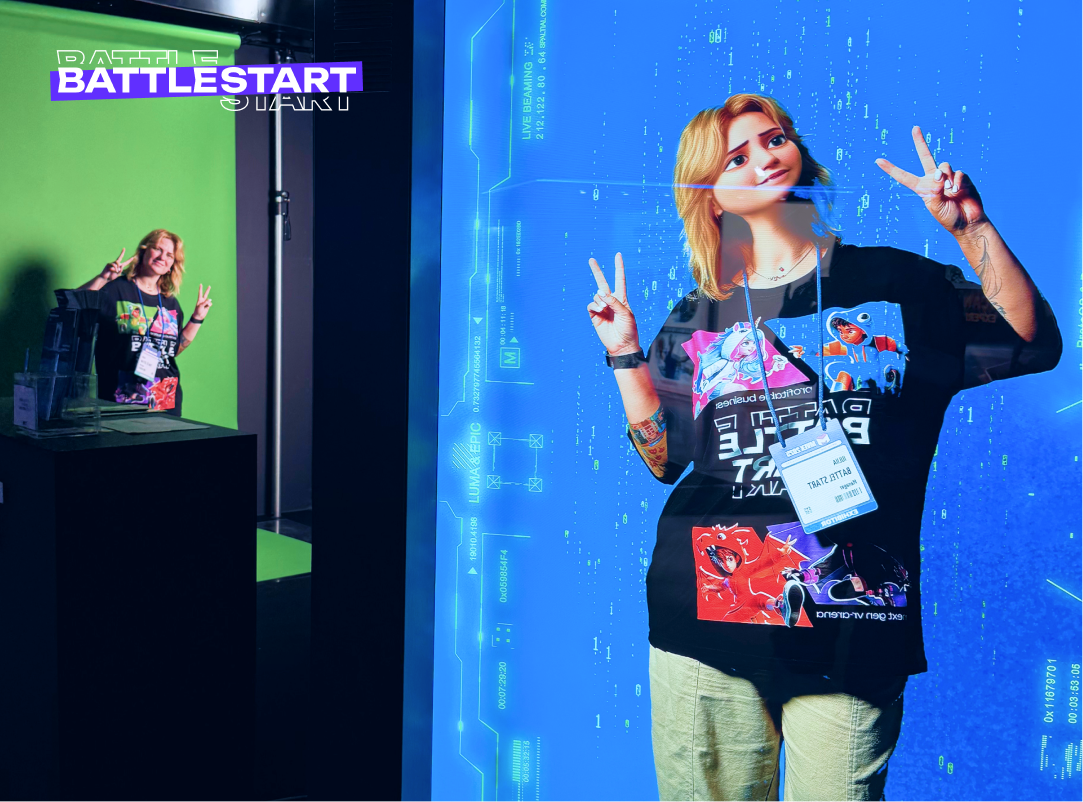Virtual reality (VR) and artificial intelligence (AI) have become two rapidly evolving fields gaining immense popularity. Virtual reality immerses users in an environment that mimics reality, while artificial intelligence has the potential to enhance and enrich this technology.
Here’s how artificial intelligence will complement virtual reality:
Deeper Immersion Realism
Thanks to AI, immersion will become even deeper and more realistic, as it allows for refining visuals down to the smallest detail. Over time, AI will also project physical laws, taking VR technology to a whole new level.
Realistic Character Behavior
AI can significantly improve the behavior of virtual characters. Instead of pre-programmed actions, AI can enable NPCs (non-player characters) to adapt to a player's actions, reacting to them in real-time. This creates more realistic and dynamic worlds where interactions with characters feel authentic.
Creation of Interactive Learning Programs
VR is already being used for educational purposes, but with the integration of AI, this process can become even more effective. AI can analyze a learner’s knowledge level and adapt the educational material to suit individual needs.
Automation of Content Development
Creating VR content requires significant resources and time. AI can help automate certain aspects of this process, such as generating 3D models, textures, and animations. This allows developers to focus on more creative tasks, speeding up production and reducing costs.
Improved Motion Tracking Technology
Modern VR devices use various methods to track user movements. AI can enhance these technologies by analyzing sensor data and predicting user movements with high accuracy. This results in smoother and more natural interactions within virtual worlds.
Enhanced Social Interaction Capabilities
With AI, more complex and realistic social interactions can be created in VR spaces. For example, AI can analyze users' emotions through facial or voice recognition and adapt the behavior of virtual characters based on the player’s mood. This can make social VR experiences deeper and more natural.
The synergy between artificial intelligence and virtual reality opens new horizons for developing technologies that could transform our approach to entertainment, education, and social interactions. With every step forward, we move closer to creating richer and more engaging virtual worlds that not only entertain but also educate, inspire, and connect people worldwide.



